Without books no one can be a good teacher nor even a good student of this art.
― Fiore Dei Liberi
Fiore dei Liberi was a 14th century Imperial Free Knight of the Holy Roman Empire who wrote one of the oldest surviving manuals of judicial combat that still exists today. His work has influenced one of the most popular schools of swordsmanship studied by the HEMA community. That Fiore’s ideas are still important to us nearly 700 years later is quite a legacy for someone whose work only survives in a handful of copies.
We briefly discuss the Italian long sword tradition of Fiore dei Liberi in our Path of the Long Sword page that spotlights the most popularly studied source manuals for sword fighting but we’ll talk more about the man himself in this article.
Fiore called his treatise The Flower of Battle (Fior di Battaglia, Flos Duellatorum) and in its pages he described a knightly martial tradition he called Armizare (“the Art of Arms”). This was not a fighting art of the peasants, as Fiore tells us in the preface to his work. Rather the techniques he described were meant to be the secret art of princes and kings — it was only intended for nobility and Fiore warns against allowing commoners to study its pages for fear the value of his techniques will be diminished if they become common knowledge.
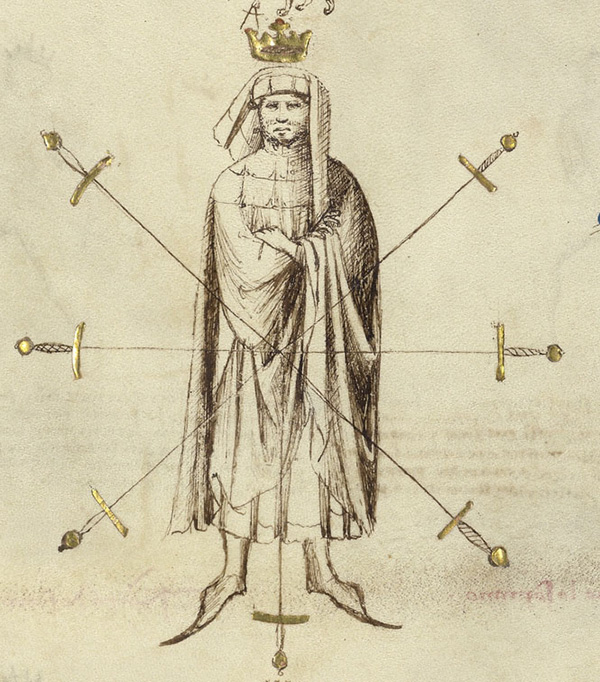
For modern students of historical European sword arts Fiore is the most important Italian fencing master who teaches how to fight with a straight double edged knightly sword (referred to as a ‘long sword’ by many today) using one or two hands, in addition to providing instruction in wrestling, dagger, polearms, heavy armored combat and even mounted combat with several weapons such as lance and sword. He even describes tricks such as the usage of blinding powders.
Fiore has been called by some HEMA practitioners “the father of Italian swordsmanship and fencing”, although this label is possibly inaccurate within the historical context. While his work has been exceptionally influential to the modern HEMA movement in his own time Fiore’s treatises might not have been widely studied and seemed to have largely collected dust in the libraries of the d’Este noble family for generations until two of copies of the treatise circulated in the antiquities markets and auction houses. However this is only going by what records from this period we know to have survived to the present day, and these records are only a fragment of what actually transpired during this period of history. There are some ancillary details about what we know from latter Italian fencing authors who lived during the Renaissance which imply Fiore may have had a larger impact than what is specifically recorded about him, and we’ll touch on some of this later.
First, a note of caution about Fiore. Very little was written about him by anyone other than Fiore himself. There are only a few sources that discuss what he was doing in the middle of his life. We know who some of his students were too but we don’t have a complete picture about many finer details of his life. Most things about him we know are just educated guesses based on surrounding details of the society and era that he lived in.
What We Know About Fiore’s Life as a Swordmaster
Fiore was born in the 14th century to a freeholding family that was on the bottom rung of nobility in present-day Northern Italy. (Italy as we know it did not form until the 1800s). His father did not owe any obligation to the Holy Roman Emperor. However, his father probably was not a large landholder either, which means that Fiore would have expected to work for a living. Fiore met many military officials in his early years, as the area that he came from was a crossroads of nations and also had several warring cities aiming to control the region, including Milan and Florence. This area was renowned for its love of fencing and swordplay, and many noted fencing masters traversed it, making this an ideal place to learn the arts of war and the sword. Fiore tells us that he spent his youth traveling broadly to study under masters to learn everything there was to know about the art of war and usage of arms in his time, even accumulating many rare books about warfare during his lifetime in pursuit of this knowledge. We do not, however, know what these books are or whom they were written by as he does not tell us think information.
Fiore tells us that he met many teachers he deemed to be impostors or frauds, and that he had duels against a few of them when he refused to share his knowledge with them. He boasts that the duels were all fought with sharp swords, unarmored except for gambesons and chamois gloves, and he that won each without injury. Taken at his word this implies that he possessed great skill in arms.
Aside from his own writings Fiore doesn’t appear in any secondary historical records until 1383, when he came to Udine, in the same region as his birth, and helped to defend the city from a siege during the Aquileian War of Succession. He had likely already obtained some degree of reputation as a military commander, as he was put in charge of the crossbowmen and catapults. This might make one wonder that if he was so skilled with a sword and lance, why he was the commander of missile artillery? The answer must be that he was also skilled in such matters and so it is unfortunate for us that we never get his thoughts on military battle and strategy in the Flower of Battle, as his insights surely would have been valuable to us.
Further evidence of his talent as a commander can be deduced by virtue of him being ordered to raise a company of mercenaries to augment the city’s defense in 1384 (Chidester, 2016), which could mean he worked as a condottiere.
Importantly Fiore’s appointment as a commander of such important roles to a city’s defense indicates he was experienced in battle before he took on these roles. There is no proof in the historical record yet discovered but one would assume that a green rookie would not be given such important assignments. Fiore’s accomplishments in the defense of the city are somewhat unclear, but the overall effort was successful.
The next year, Fiore served as a sort of marshal in the city, possibly as a’bit of a leg breaker to maintain the social order. After this he seems to have moved on from the city as by at least 1385 Fiore promoted himself as a teacher of the sword and a general martial arts instructor. In 1395, he can be placed in Padua training the mercenary captain Galeazzo Gonzaga of Mantua for a duel with the French marshal Jean II le Maingre after le Maingre insulted the integrity of the Italians. After this in 1399 Fiore appears in Pavia to prepare Giovannino da Baggio for a duel with a squire.
The era and region that Fiore lived in was a period where contract soldiers and mercenary companies were commonplace, and as mentioned before Fiore may have served as one. We might imagine that he found success in life preparing contracted soldiers for battle. We do know that he was an instructor for nobles during the next decade or so (until 1400) but how much of his time was spent in this role is not known. Records note that he attended some duels fought by his students, but little else is historically known about him in the 1390s.
Fiore does in his own writings tell us specifically that he trained the following men (Chidester, 2016),
- Piero Paolo del
- Verde (Peter von Grünen)
- Niccolo Unricilino (Nikolo von Urslingen)
- Galeazzo Cattaneo dei Grumelli (Galeazzo Gonzaga da Mantova)
- Lancillotto Beccaria di Pavia
- Giovannino da Baggio di Milano
- Azzone di Castelbarco
Sometime around 1400 he moved into the court of Marquis Niccolo d’Este III although his exact role and purpose to the Marquis is unclear. No surviving records indicate Fiore having been on d’Este’s payroll. Gregory Mele, who has done a great of research on Fiore, has commented that this was not uncommon for fencing masters of the time – they were similar to a contract employee today, making money on a per project basis but usually not having anything like full time employee status.
What we do know is that while at Niccolo d’Este’s court Fiore composed the Flower of Battle and finished it sometime around 1409. He dedicated the book to the Marquis and left it in his care, although we don’t know the precise context for why he made this decision. After writing this treatise Fiore seems to have died by about 1420, as the latter Latin copy of his manuscript mentions him with a honorific phrase meant for the dead. This has led some scholars to assume Fiore made his way to Paris and died there, but there is no proof of this and it is just as possible that a copy of his manuscript might have instead made its way to Paris sometime around 1420. We have no specific details on any of this however so it is mere speculation.
This is the extent of concrete details that we know about him. However, his key importance to historical fencing is the Flower of Battle he left behind for future generations to rediscover.
Fiore’s Legacy, The Flower of Battle and Italian Longsword Styles in HEMA
Four copies of Fiore’s manuscript are known to have survived. However, none are the original. The d’Este family has one of the manuscripts, but the records that describe the d’Este family library seem to imply that what the family has today is not the original (Chidester, 2016). Each of the four surviving copies varies in important ways. However, when all four copies are combined, or at least cataloged in terms of what they have, the overall importance of the manuscript becomes clear.
All of the manuscripts have an introduction from Fiore where he establishes his credentials by explaining some biographical information about himself. He notes in the Pisani Dossi Ms. version that he has spent over 50 years teaching martial arts and has fought a number of duels. Fiore did not state who the duels are against, which both suggests that they could have been illegal and prevents the accounts from being verified. He does indicate that he won his matches without much difficulty and this is implied to be a testament to his high degree of skill.
While his biographical information is very interesting the most important aspect of the treatises are the sections describing Fiore’s system of combat which he called Armizare. All copies of the manuscript feature illustrations that demonstrate important positions with text accompanying that explain what is being done in each illustration.
Fiore is one of the earliest authors of combat treatises to state that his system is intended to be holistic, and that using one weapon is similar to another. Fiore held that it does not matter if one is wrestling or using a poleax, the general system of combat is the same. Much of what he teaches in this treatise is a system of concepts and theories about the art of combat, and he uses the techniques as demonstrations for what these concepts are.
As mentioned at the start of this article Fiore is called the father of Italian fencing by many historical European martial artists today, as the system that he introduced has been very influential to the reconstruction of a working system of Late Middle Age swordsmanship. One of his main ideas is that of “play>counter>remedy>counter to the counter” (to quote Gregory Mele’s video presentation, see our partial bibliography). This structure has proven useful for modern day martial artists to develop their own plays using his principles.
The artwork in Fiore’s manuscripts provide a great deal of information. In many ways these drawings bear some resemblance to rough sketches one might see from more well-known Renaissance artists in terms of human anatomy and practicality. However these drawings taken at face value can lead to misunderstandings of the work’s importance; an example which Gregory Mele has pointed out comes from the writings of Luigi Barbasetti, a mid 20th century Italian sport fencing master who mentioned Fiore in his 1932 book The Art of the Foil and misunderstood the Flower of Battle to be about wrestling and not much swordplay.
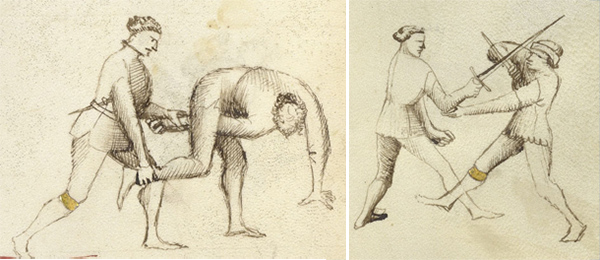
Mele argues that, in many ways, one can see a straight line between Fiore’s ideas and the later usage of the rapier by Italian masters. Thus it is possible that Fiore may have been an influential figure if some of his students carried on his tradition for some time after his death. We know from comparing Fiore’s work to them that at least a few later authors of fighting manuals such as Philippo di Vadi and Ludwig VI von Eyb were influenced by Fiore, so it’s possible there might at one time have been more copies of his treatise in circulation throughout Europe than currently exist today. This would explain the MS Latin ending up in Paris.
There are believed to be two more copies of Fiore’s treatise that are lost and could possibly be the original work, with the current known copies probably reproductions based on the originals. In the footnotes of the paper ‘The Flower of Battle of Master Fiore Friulano de’i Liberi: Being a Concordance of the Prefaces and Several Plays from His Four Extant Manuscripts‘ (2016) Michael Chidester writes,
The Codex LXXXIV (or Ms. 84) consisted of 58 folia bound in leather with a clasp, and whose first page showed a white eagle and two helmets; the Codex CX (or Ms. 110) was a small, unbound volume consisting of only 15 folia. Both manuscripts are mentioned in the catalog of the d’Este library as late as 1508, along with a third untitled fencing manuscript, but they disappeared some time after that and never resurfaced. See Novati, Francesco. Flos Duellatorum, Il Fior di Battaglia di Maestro Fiore dei Liberi da Premariacco. Bergamo: Instituto Italiano d’Arte Grafiche, 1902. pp 29-30. It is conceivable that one of the four extant versions is a fragment of the Ms. 84, but no evidence in support of this proposition has yet surfaced.
If the surviving copies are indeed reproductions it would explain the various inconsistencies we see between certain sections of the surviving copies and make contemporary attempts to form concrete beliefs about reconstructed interpretations of his techniques difficult to firmly stand behind.
Regardless, for students of the Late Middle Ages Fiore undeniably has played an important role in our understanding of how several weapons popular in his time were used in duels. However, there are elements of fencing that are not covered in Fiore’s work. His treatises lack an in-depth discussion of several key things that are glossed over. Most importantly from what is missing is that while Fiore gives us an idea of distance using two terms, zogho stretto (close play) and zogho largo (wide play), he does not tell us precisely how to transition between tempos which makes his footwork difficult to recreate without borrowing from another tradition. Some other key elements of detail in the instructions Fiore provides are also lacking in how one transitions from one sword position to another, for example the usage of strammazone or mulinello is not discussed and seems to be assumed for some techniques (Windsor, 2013). These aspects of Armizare have been frog DNAed into modern reconstructions of Fiore’s art by studying later works from Italian fencing traditions and combining that material with Fiore’s guard positions and plays.
One reason that Fiore likely overlooked these details might be because he was writing for an audience of nobility who already would be familiar with more common traditions of martial combat which his Armizare style was intended to expand upon by adding more techniques to the student’s repertoire. In the 14th century practical skills were learned by doing, not by reading. The production of instructional books such as his manuscript were rare events but we should be glad for Fiore’s work having been preserved as without it the modern HEMA movement would be a shadow of what it is today.
More in-depth information about Fiore’s tradition can be found by reading any of the following books, as well as purchases of your own copies of his treatises.
-
The Flower of Battle : MS M 383 Michael Chidester Translation
-
The Flower of Battle: MS Latin 11269
-
From Medieval Manuscript to Modern Practice: The Longsword Techniques of Fiore dei Liberi
-
Fiore Dei Liberi’s Armizare: The Chivalric Martial Arts System of Il Fior Di Battaglia
-
The Swordsman’s Companion
-
Complete Works Fiore Dei Liberi Vol 3: Florius de Arte Luctandi
-
Complete Works Fiore Dei Liberi Vol 1: Historical Overview and the Getty Manuscript
-
The Flower of Battle: MS Ludwig XV13
Partial Bibliography
Morrison, Elizabeth, 2013. Thrust, Parry, Download! [Online] Available at: blogs.getty.edu/iris/thrust-parry-download/ [Accessed 11 June 2020]
Many parts of this summary and biography of Fiore are also based on a transcription of a two hour video presentation by Gregory Mele titled, Flowers of Battle: Fiore de Liberi and Italian Martial Arts at the birth of the Renaissance.
International Armizare Society. The Founder — Fiore de Liberi. [Online] Available at: armizare.org/armizare/the-founder-fiore-dei-liberi/
Chidester, Michael, 2016. The Flower of Battle of Master Fiore Friulano de’i Liberi: Being a Concordance of the Prefaces and Several Plays from His Four Extant Manuscripts [Online] Available at: hroarr.com/wp-content/uploads/downloads/2016/08/wiktenauer-Fiore-de-i-Liberi-compilation-2016.pdf [Accessed 11 June 2020]
Windsor, Guy, 2013. The Swordsman’s Companion: A Modern Training Manual for Medieval Longsword. Swordschool Ltd
*****
If you’d like to learn more information about historical fencing practices please check out our Learn HEMA page for a guide to learning about the historical weapon that interests you. You can also find more guides we’ve written about other topics at our Helpful Guides page. You can also join the conversation at our forums or our Facebook Group community.
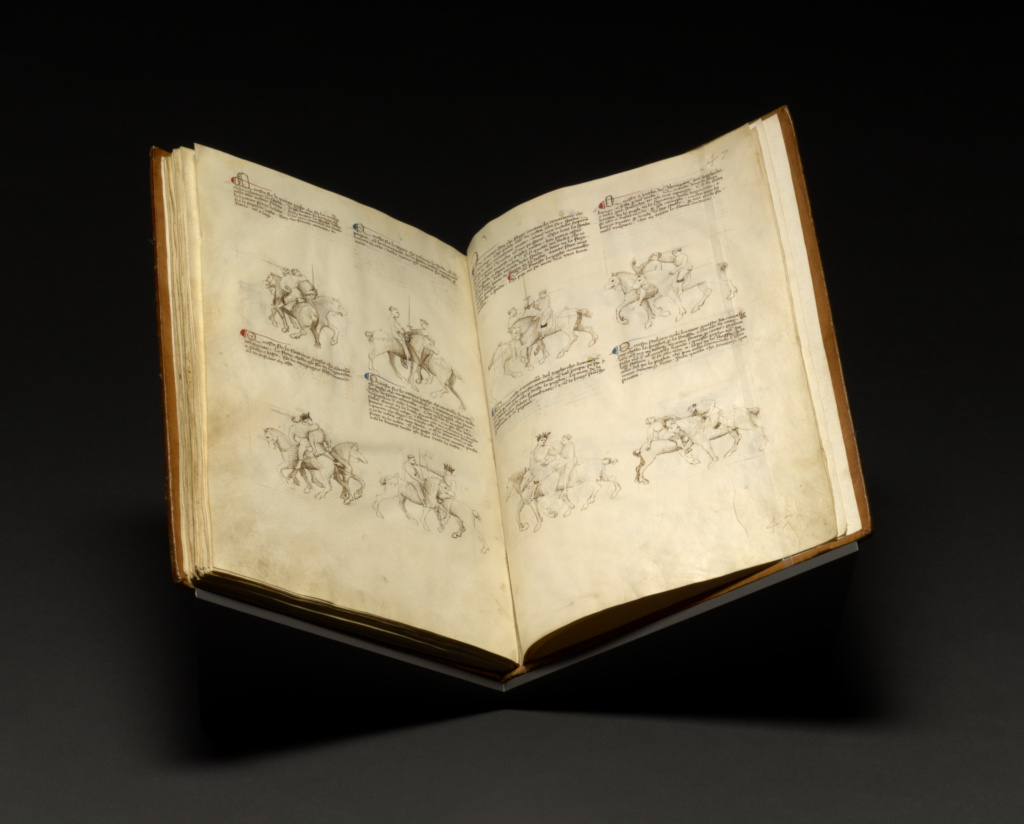
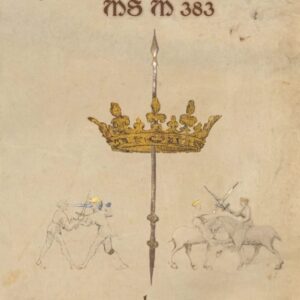
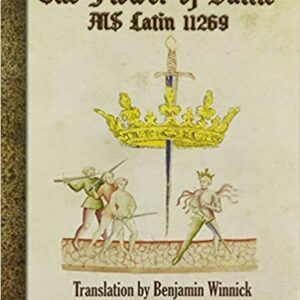

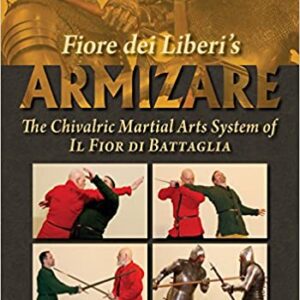
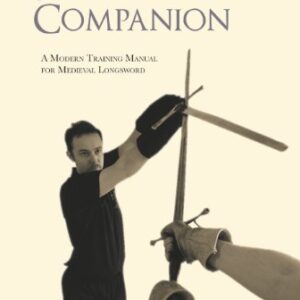
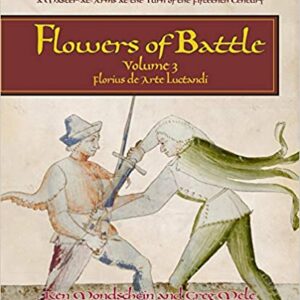
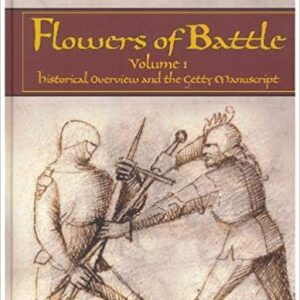
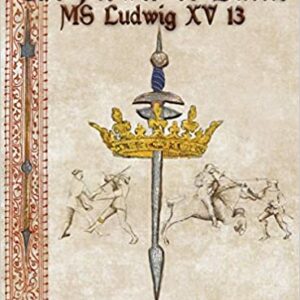

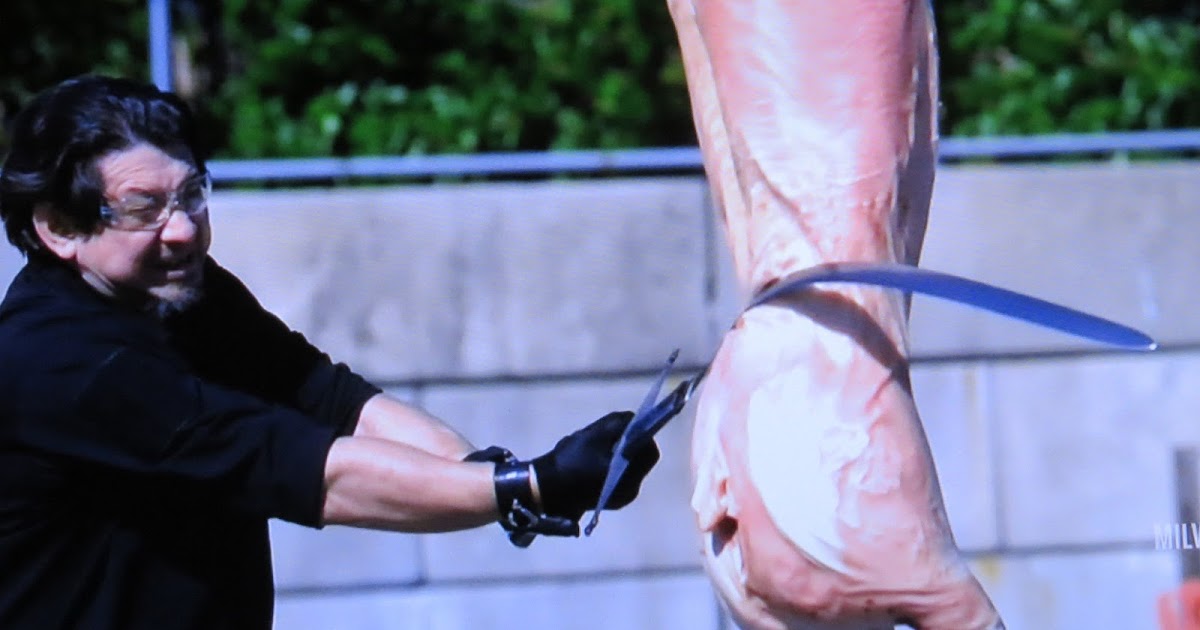
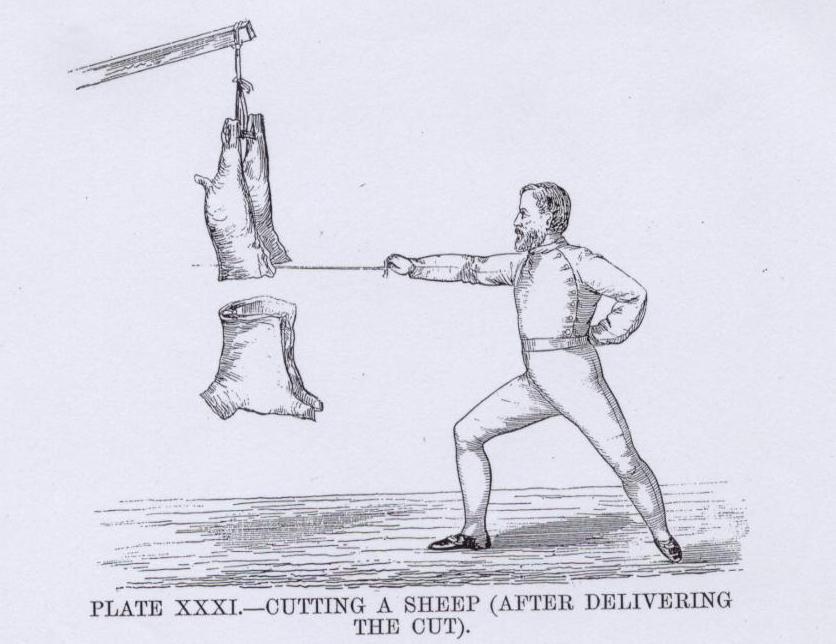
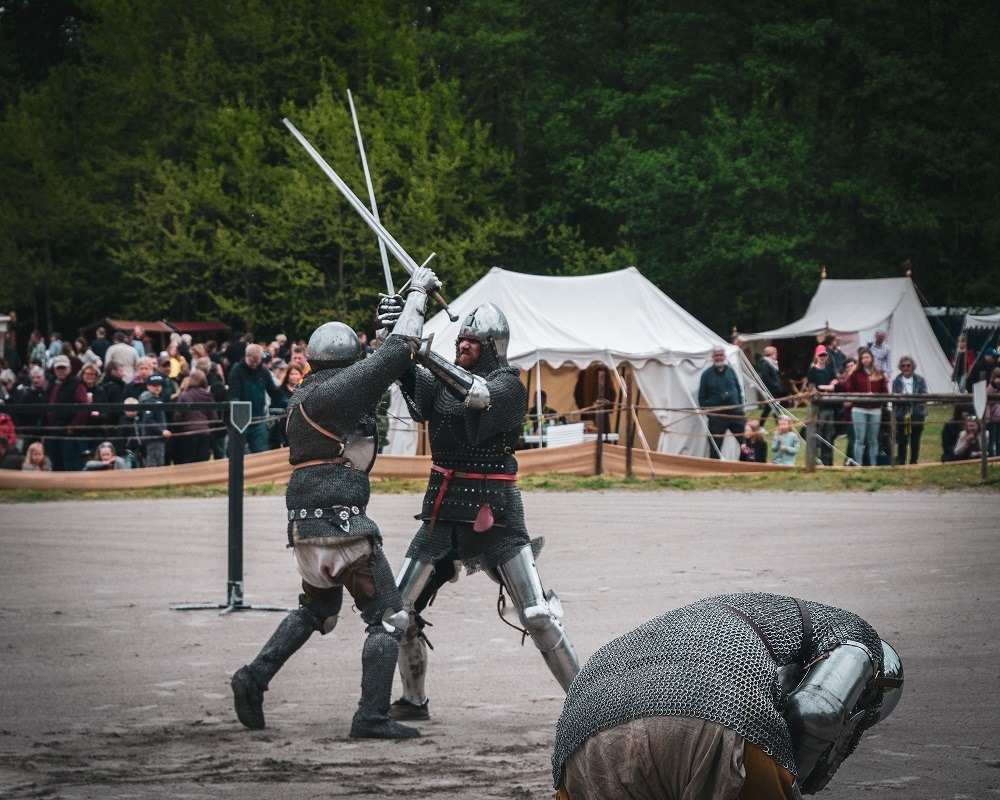













One Response
Never thought I’d see the term “frog DNAed” used in historical article, but here we are.